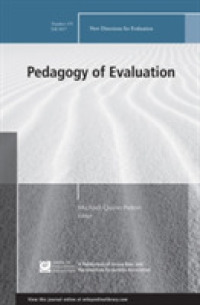Description
(Short description)
High-impact research articles on microfluidics and its application in a range of biological fields. The articles have been selected from our popular Electrophoresis journal special issue.
(Text)
With articles taken from the most popular, recent issues of the high-impact journal Electrophoresis, these research articles on microfluidics and its application in a range of biological fields are of high interest and now available to a new readership. Alongside several review articles, thisvolume represents a current overview of the latest research.
(Table of content)
Microfluidics in system biology
Chip electrospray mass spectrometry for carbohydrate analysis.
Microfluidic devices for the analysis of apoptosis.
On-line chemiluminescence detection for isoelectric focusing of heme proteins on microchips.
A simple microfluidic system for efficient capillary electrophoretic separation and sensitive fluorimetric detection of DNA fragments using light-emitting diode and liquid-core waveguide techniques.
Determination of biochemical species on electrophoresis chips with an external contactless conductivity detector.
In-channel indirect amperometric detection of nonelectroactive anions for electrophoresis on a poly(dimethylsiloxane) microchip.
Coupling on-chip solid-phase extraction to electrospray mass spectrometry through an integrated electrospray tip.
Electrospray interfacing of polymer microfluidics to MALDI-MS.
Nanoliquid chromatography-mass spectrometry of oligosaccharides employing graphitized carbon chromatography on microchip with a high-accuracy mass analyzer.
Utility of lab-on-a-chip technology for high-throughput nucleic acid and protein analysis.
Analysis of amino acids and proteins using a poly(methyl methacrylate) microfluidic system.
Single cell manipulation, analytics, and label-free protein detection in microfluidic devices for systems nanobiology.
Fast immobilization of probe beads by dielectrophoresis-controlled adhesion in a versatile microfluidic platform for affinity assay.
Droplet fusion by alternating current (AC) field electrocoalescence in microchannels.
Microfluidic flow focusing: Drop size and scaling in pressure versus flow-rate-driven pumping.
Aligning fast alternating current electroosmotic flow fields and characteristic frequencies with dielectrophoretic traps to achieve rapid bacteria detection.
Dielectrophoresis induced clustering regimes of viable yeast cells.
3-D electrode designs for flow-through dielectrophoretic systems.
Parallel mixing of photolithographically defined nanoliter volumes using elastomeric microvalve arrays.
Method development and measurements of endogenous serine/threonine Akt phosphorylation using capillary electrophoresis for systems biology.
Comparison of a pump-around, a diffusion-driven, and a shear-driven system for the hybridization of mouse lung and testis total RNA on microarrays.
Effect of iron restriction on outer membrane protein composition of Pseudomonas strains studied by conventional and microchip electrophoresis.







